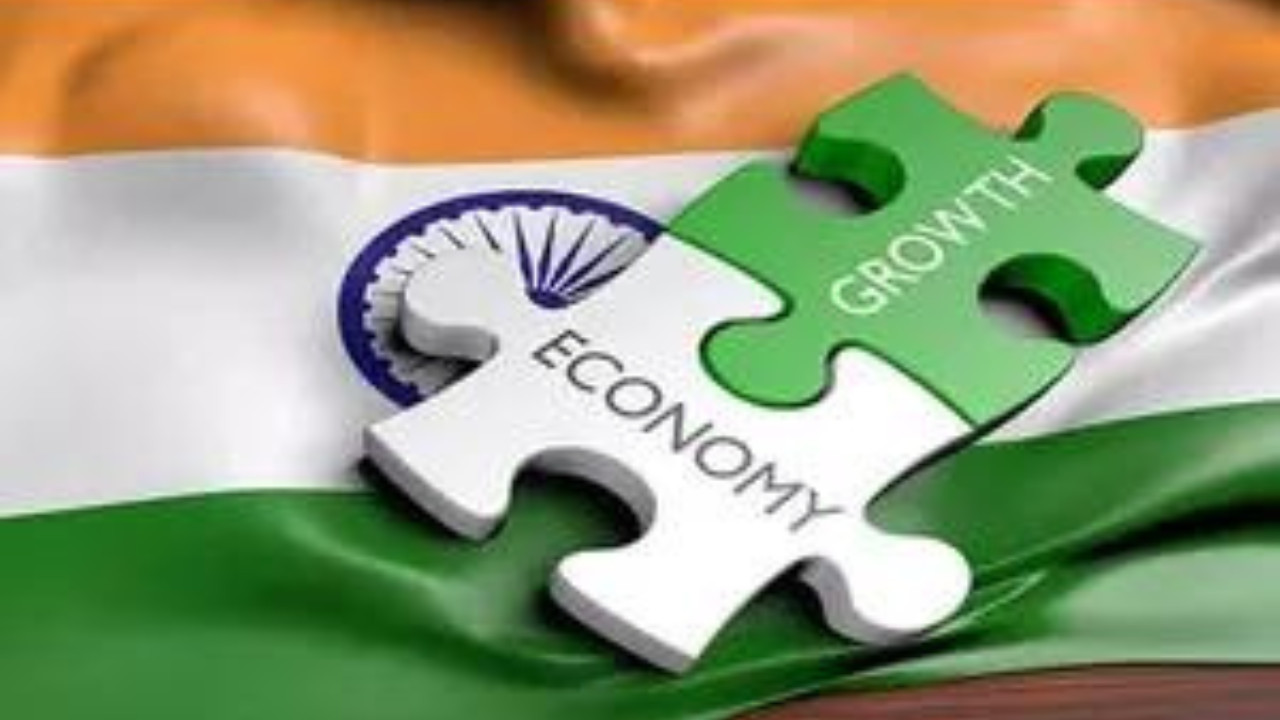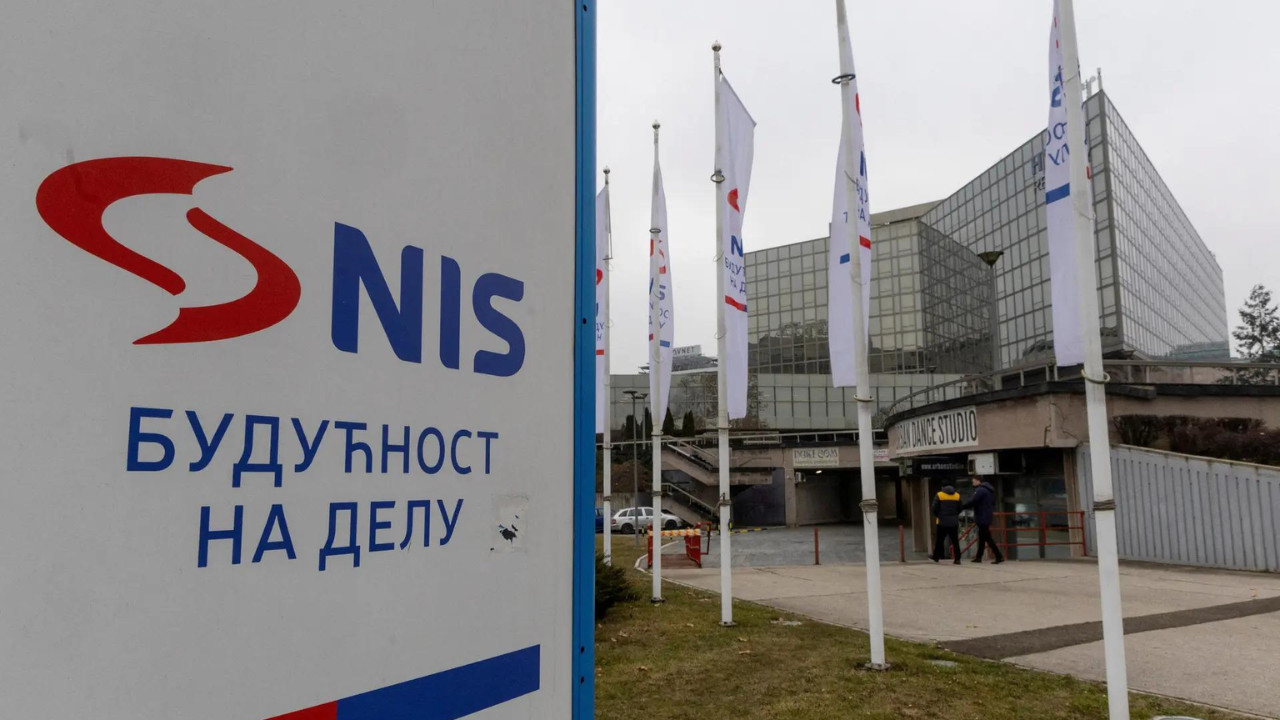State Bank of India (SBI) analysis projects India’s economy to grow robustly between 6.8% and 7% in the first quarter of fiscal year 2026, exceeding the RBI’s 6.5% forecast. While Q1 shows strong performance, SBI anticipates a 6.3% GDP growth for the entire fiscal year, slightly below the RBI’s 6.5% target.
India’s Economy Defies Gravity: A Closer Look at the Latest Growth Surge
The numbers are in, and they’re singing a surprisingly upbeat tune. India’s economic engine seems to be chugging along faster than most anticipated, defying global headwinds and painting a picture of robust domestic demand. The State Bank of India (SBI) recently released a report revealing that the country’s economic growth soared to somewhere between 6.8% and 7.0% in the first quarter of fiscal year 2026 (FY26). This performance not only surpassed initial forecasts but also exceeded the Reserve Bank of India’s (RBI) own projections. What’s driving this unexpected burst of energy, and can it be sustained? Let’s dive in.
Decoding the Drivers of India’s Economic Growth
Several factors appear to be fueling this upward trajectory. One of the most significant is the continued strength of domestic consumption. Despite inflationary pressures and global uncertainties, Indian consumers are opening their wallets and spending on goods and services, a powerful indicator of underlying economic confidence. This spending spree is being supported by a relatively stable job market and increasing disposable incomes, particularly in urban centers.
Furthermore, government initiatives aimed at boosting infrastructure development are starting to bear fruit. Investments in roads, railways, and ports are not only creating jobs but also improving connectivity and efficiency, facilitating smoother trade and commerce. This infrastructure push is also attracting foreign investment, adding another layer of support to the country’s economic prospects.
Another key element contributing to the growth is the resilience of India’s manufacturing sector. While many developed economies are struggling with industrial slowdowns, Indian manufacturers are showing remarkable adaptability and innovation, catering to both domestic and international demand. This resilience is partly due to government policies promoting local manufacturing, often referred to as the “Make in India” campaign.
Agriculture’s Unexpected Contribution
While often overlooked, the agricultural sector has also played a role in this positive economic performance. Favorable monsoon seasons and government support programs have helped to increase agricultural output, providing a much-needed boost to rural incomes and contributing to overall economic stability. A healthy agricultural sector has a ripple effect, stimulating demand for related goods and services and supporting livelihoods in rural areas.
Navigating the Challenges Ahead
Despite the positive outlook, it’s crucial to acknowledge the challenges that lie ahead. Global economic uncertainty remains a significant threat. Geopolitical tensions, rising energy prices, and supply chain disruptions could all potentially derail India’s growth momentum. Careful policy navigation is essential to mitigate these risks and ensure continued stability.
Inflation, while showing signs of easing, remains a concern. The RBI will need to carefully calibrate its monetary policy to strike a balance between controlling inflation and supporting economic growth. Premature tightening could stifle demand, while delayed action could allow inflationary pressures to escalate.
Looking ahead, sustaining this impressive economic growth will require a continued focus on structural reforms. This includes improving the ease of doing business, streamlining regulations, and investing in education and skills development to create a more competitive and productive workforce. For related reading, check out our piece on [India’s evolving fintech landscape](link-to-related-article).
The Road Ahead: Sustainable Economic Growth for India
India’s recent economic performance is undoubtedly encouraging. The combination of strong domestic demand, government initiatives, and a resilient manufacturing sector has propelled the country’s growth beyond expectations. However, it’s vital to maintain a balanced perspective. Successfully navigating the global headwinds and addressing domestic challenges will be crucial to ensuring sustainable and inclusive economic growth in the long run. The key will be smart policies and a commitment to ongoing reform. Is this the start of a new era of accelerated growth for India, or a temporary surge? Only time will tell, but the initial signs are certainly promising.








